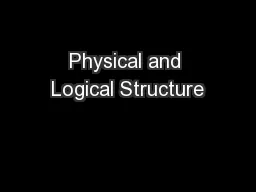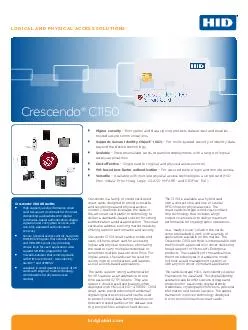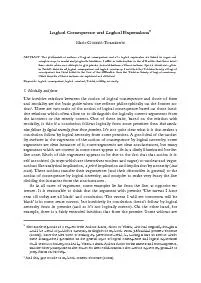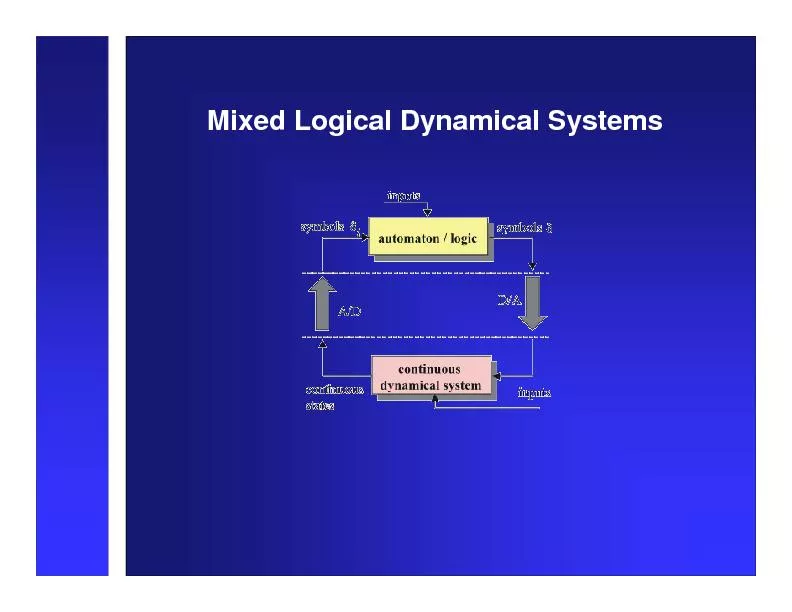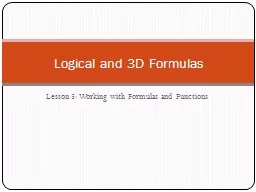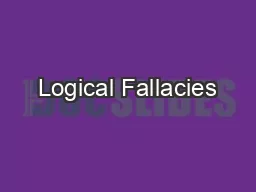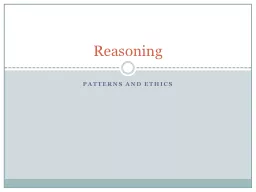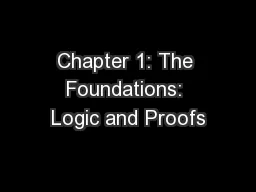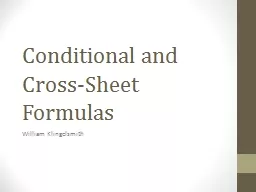PPT-Physical and Logical Structure
Author : briana-ranney | Published Date : 2016-06-14
SNU IDB Lab XML Documents 1 structure Peeping into XML document at Physical view Entity at logical view DTD 2 Peeping into XML document15 3 ltxml version10
Presentation Embed Code
Download Presentation
Download Presentation The PPT/PDF document "Physical and Logical Structure" is the property of its rightful owner. Permission is granted to download and print the materials on this website for personal, non-commercial use only, and to display it on your personal computer provided you do not modify the materials and that you retain all copyright notices contained in the materials. By downloading content from our website, you accept the terms of this agreement.
Physical and Logical Structure: Transcript
Download Rules Of Document
"Physical and Logical Structure"The content belongs to its owner. You may download and print it for personal use, without modification, and keep all copyright notices. By downloading, you agree to these terms.
Related Documents

